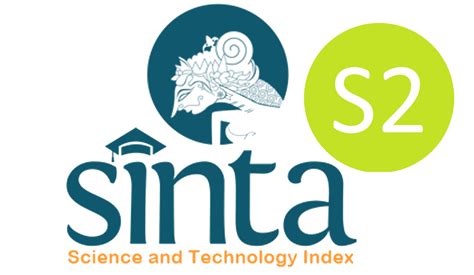Jurnal Pendidikan Geografi: Kajian, Teori, dan Praktek dalam Bidang Pendidikan dan Ilmu Geografi
Abstract
This study aims to determine the environmental characteristics in coastal areas and determine the groundwater conservation zone model in coastal regions. The research was conducted in Parangtritis Village, Bantul Regency, Yogyakarta. The data includes aquifer types, aeration zone materials, and groundwater depth. The data was processed and analysed using Arc GIS Pro software version 2.5. The data were processed by plotting and spatial interpolation techniques to produce thematic maps of environmental characteristics, namely aquifer-type maps, aeration zone material maps, groundwater depth maps, and land use maps. The thematic maps that have been generated are then classified and scored. The classification and scoring process is carried out using a modified GOD method. The overlay process is carried out to produce groundwater pollution vulnerability zones. Groundwater pollution vulnerability zones are developed into priority zones for groundwater conservation. Based on the results that have been achieved, it is known that there are four classes of groundwater pollution vulnerability, namely high, medium, low, and very low susceptibility. The research area is classified into three models of groundwater conservation zones, namely priority I, II, and priority II conservation zones. Priority I conservation zones are located in areas with high and medium pollution vulnerability. Priority II conservation zones are located in areas with low pollution vulnerability. Priority III conservation zones are located in very low-vulnerability areas. All tourism locations in the coastal area of Parangtritis Village are included in the priority conservation zone model I category. Efforts that can be made to maintain the sustainability of groundwater in tourist sites are socialisation and education about the potential for degradation of groundwater quality by relevant agencies to all community members, investigation and repair of toilet buildings, periodic monitoring of groundwater, remediation of groundwater quality that has exceeded clean water quality standards, and training in the treatment of waste or pollutants that have the potential to pollute groundwater.
First Page
116
Last Page
138
Recommended Citation
Sejati, Sadewa Purba; Neritarani, Rivi; and Ibrahim, Mohd Hairy
(2025)
"Groundwater conservation zone model to support sustainable tourism in coastal areas: A case study in Parangtritis Village, Yogyakarta, Indonesia,"
Jurnal Pendidikan Geografi: Kajian, Teori, dan Praktek dalam Bidang Pendidikan dan Ilmu Geografi: Vol. 30:
No.
1, Article 8.
DOI: https://doi.org/10.17977/2527-628X.1189
Available at:
https://citeus.um.ac.id/jpg/vol30/iss1/8
Included in
Geographic Information Sciences Commons, Physical and Environmental Geography Commons, Spatial Science Commons




